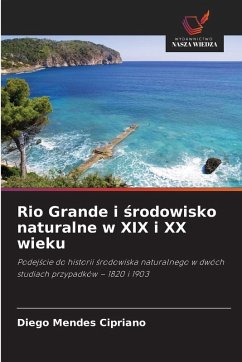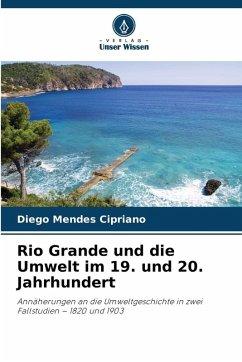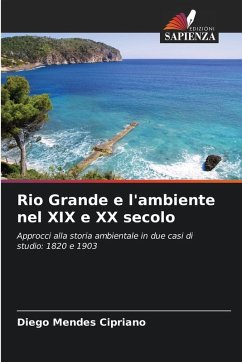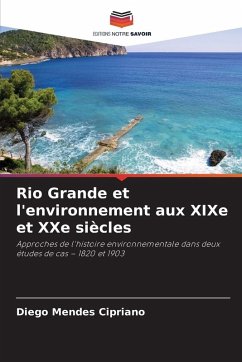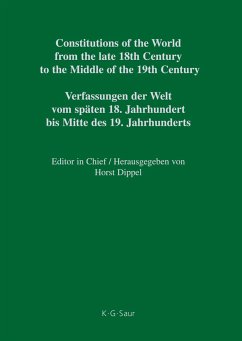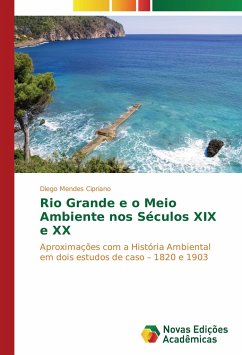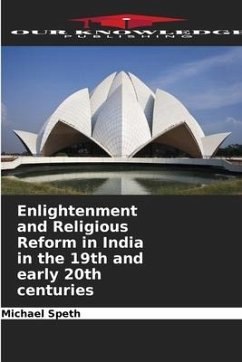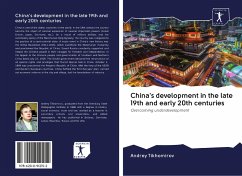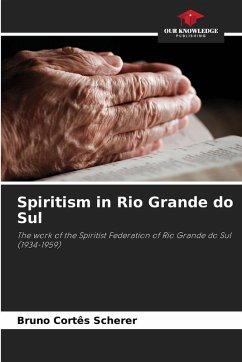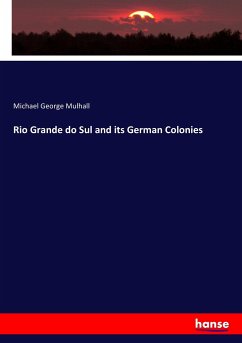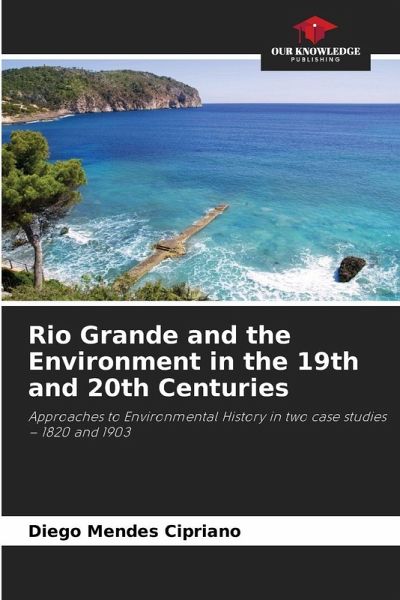
Rio Grande and the Environment in the 19th and 20th Centuries
Approaches to Environmental History in two case studies - 1820 and 1903
Versandkostenfrei!
Versandfertig in 6-10 Tagen
27,99 €
inkl. MwSt.

PAYBACK Punkte
14 °P sammeln!
In this work, we aim to verify, through representations, the conceptions of nature in the history of this city at two historical moments: in the years 1820 and 1903, linked to worldviews and sociocultural conditioning of agents involved in assigning judgments and values to their environment. The study was conducted using primary sources, and based on its authorship, it sought to highlight the role attributed to humans in their relationship with the nature of the city, using Environmental History as a theoretical reference. The first case study concerns the travel reports of Auguste de Saint-Hi...
In this work, we aim to verify, through representations, the conceptions of nature in the history of this city at two historical moments: in the years 1820 and 1903, linked to worldviews and sociocultural conditioning of agents involved in assigning judgments and values to their environment. The study was conducted using primary sources, and based on its authorship, it sought to highlight the role attributed to humans in their relationship with the nature of the city, using Environmental History as a theoretical reference. The first case study concerns the travel reports of Auguste de Saint-Hilaire, in his work Viagem ao Rio Grande do Sul (1820-1821) (Journey to Rio Grande do Sul), influenced by European standards of beauty, harmony, and human ingenuity in the domination of nature and the production of social life. The second case study analyzes some of the improvements made to public places by a positivist-inspired municipal government and its respective conceptions of nature inthe urban context, imbued with ideals of order, hygiene, safety, and progress.



